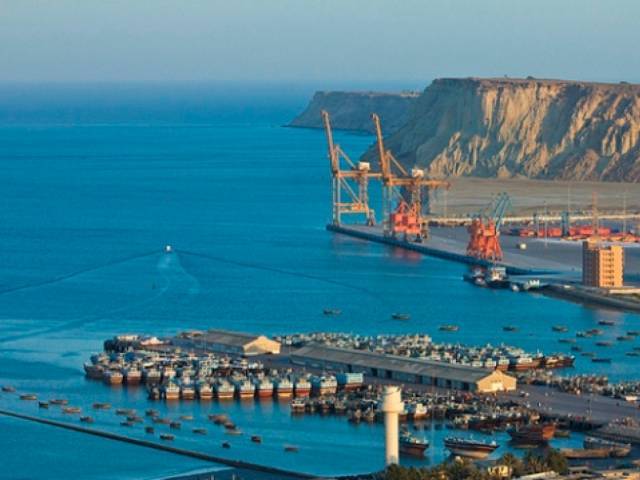
Some countries claim that they can become a developed nation only by developing tertiary and services sectors, but it is not true, as the only road to development is through industrialisation, said Lijian.
He was speaking at a conference organised to share Chinese experience in sustainable development.
The conference was organised a day before experts from China and Pakistan would meet in Islamabad to plan implementation of the new phase of CPEC.
CPEC helped Pakistan climb on global competitiveness scale: Forbes columnist
Unlike other developing countries, the services sector contributes over 55% to Pakistan’s national output, which has led to inequality and high rate of unemployment. The share of agriculture is about 20% and the rest comes from the industrial sector.
CPEC has entered into a second phase of industrial cooperation in which prioritised Special Economic Zones (SEZs) will be built across Pakistan.
Lijian said during the first phase, the focus was on removing infrastructure and energy bottlenecks in the way of industrial cooperation.
With load-shedding and lack of infrastructure, it is difficult to start industrial cooperation while hoping that by next month Pakistan will be able to bring an end to power outages.
The sixth meeting of CPEC Joint Cooperation Committee (JCC) had decided to include nine special economic zones in the CPEC framework.
The task of the Expert Group on Industry was to implement the consensus reached during the meeting held in Beijing, said Lijian.
In July, the two sides had agreed to form the expert group and its first meeting will take place on Tuesday.
The group will review the current status of Pakistan’s prioritised SEZs and come up with preliminary ideas for development. These ideas will then be placed before the Joint Working Group for onward submission in the seventh JCC meeting by the end of November in Pakistan.

“The Joint Working Group is also expected to hold a meeting before the next JCC huddle once Pakistan receives draft of CPEC Long Term Plan from China,” said Hassan Daud, Deputy Project Director of CPEC, Pakistan.
He said the Karachi Circular Railway project would also be placed before the JCC for final approval. Lijian said because of CPEC, Pakistan had become the largest investment destination for China in South Asia, contributing almost half of Pakistan’s total investment.
Pakistan crawls out of bottom-20 in Global Competitiveness Index
For the first time, China has remained the largest trading partner of Pakistan for the third consecutive year.
China is one of the shining examples of utilising industrial parks to achieve industrialisation and started opening up in 1978.
He said China had missed the globalisation bus for 20 years and same was the case with Pakistan, adding China’s experience could help Pakistan catch the industrialisation wave.
He pointed out that China had over $1,500 per capita income only 13 years ago - a level that Pakistan achieved last year. This means Pakistan is only 13 years behind China and can catch up.
In the first phase of industrialisation, China built export-oriented foreign enterprises with small investments and relatively low technology for fast foreign exchange earnings, said Xu Yongqian, legal consultant of the China Association of Development Zones.
Today, 219 SEZs were contributing over 12% of tax revenues and generating one-fifth of the international trade volume of China, he added.
China’s Expert Group on Industry comprises representatives from the China International Engineering Consulting Cooperation - the largest engineering group, and China Association of Development Zones, which is working under the National Development and Reforms Commission.
“After our visits to the sites of SEZs in Sindh and Punjab, we now understand Pakistan’s vision and demands for setting up the SEZs,” said Du Zhenli, the head of Chinese delegation.
The planned nine SEZs with special incentive packages for foreign investors should be operational by 2025. But Pakistan is still doing paperwork. Of the nine zones, one each will be set up in the four provinces, federal capital and special regions of the country.
Published in The Express Tribune, October 17th, 2017.
Like Business on Facebook, follow @TribuneBiz on Twitter to stay informed and join in the conversation.



1732503274-0/Untitled-design-(43)1732503274-0-165x106.webp)
1732501636-0/Untitled-design-(42)1732501636-0-165x106.webp)
1732486769-0/image-(8)1732486769-0-270x192.webp)











COMMENTS (2)
Comments are moderated and generally will be posted if they are on-topic and not abusive.
For more information, please see our Comments FAQ